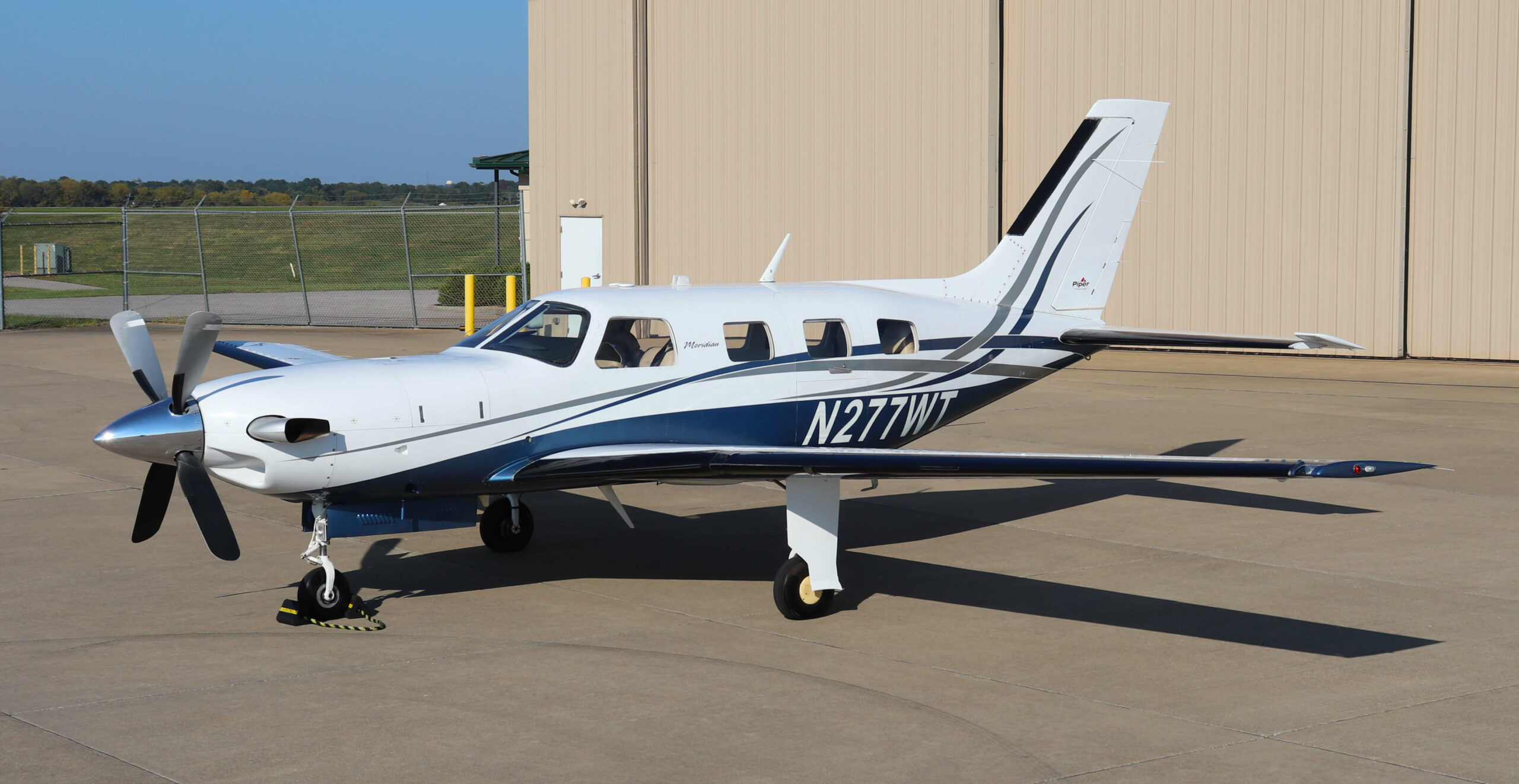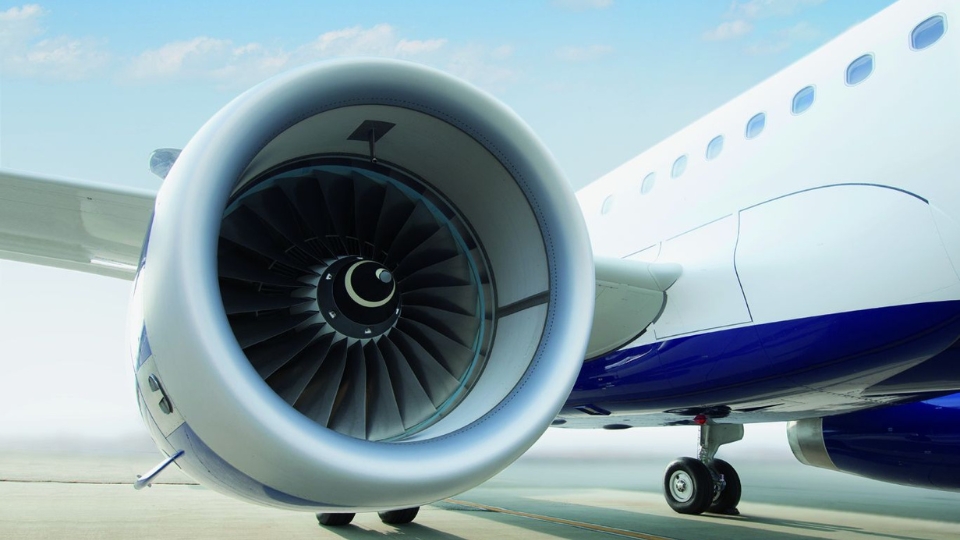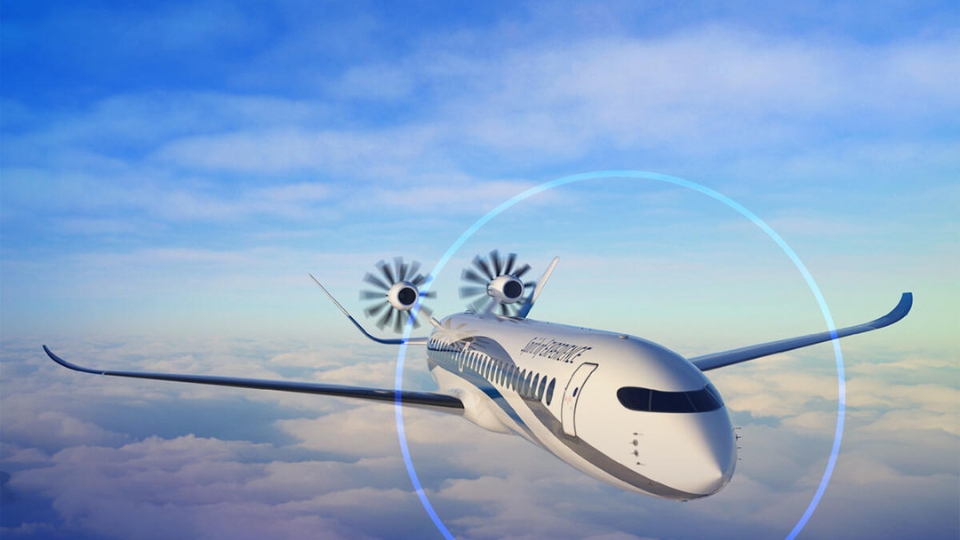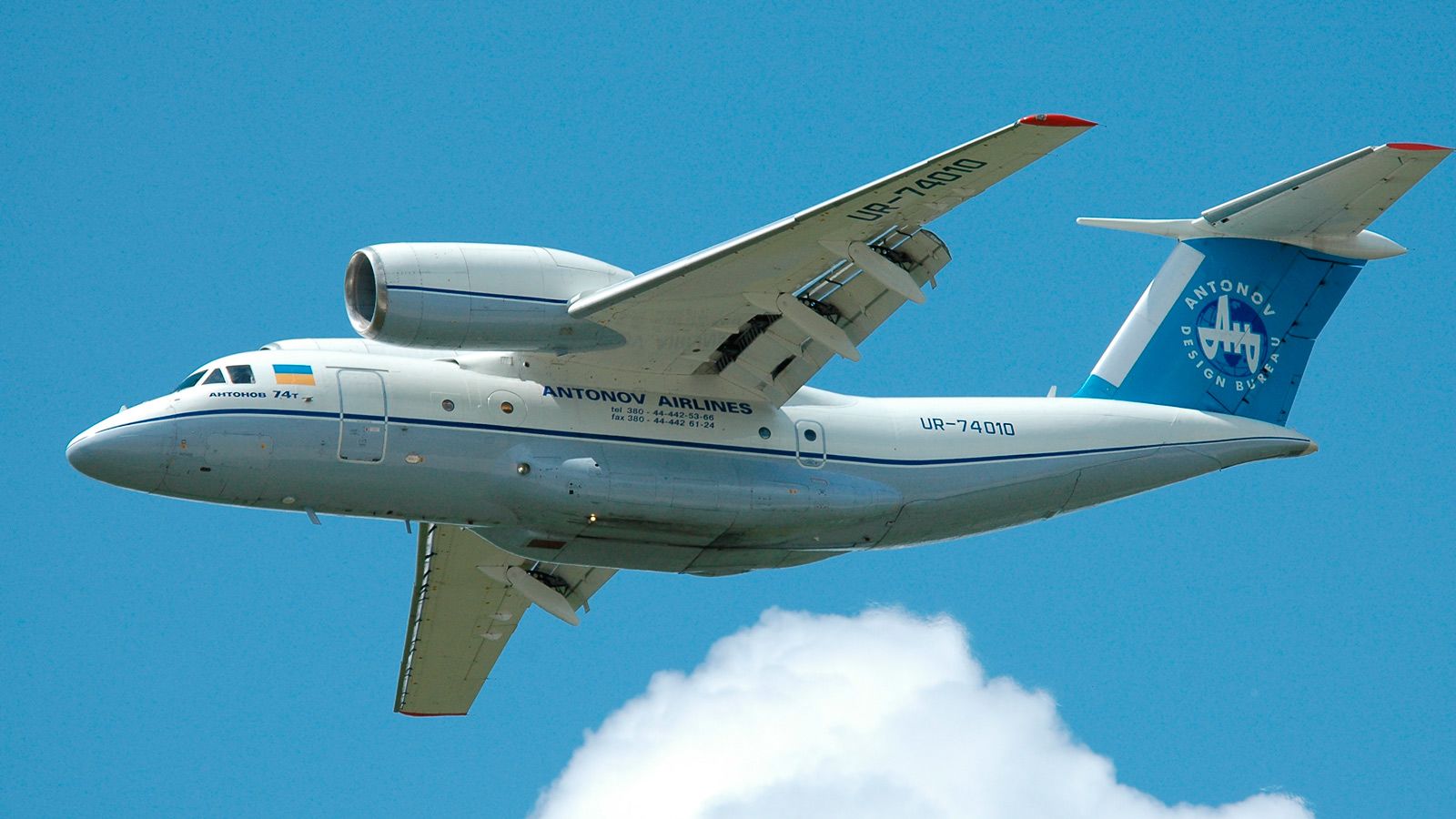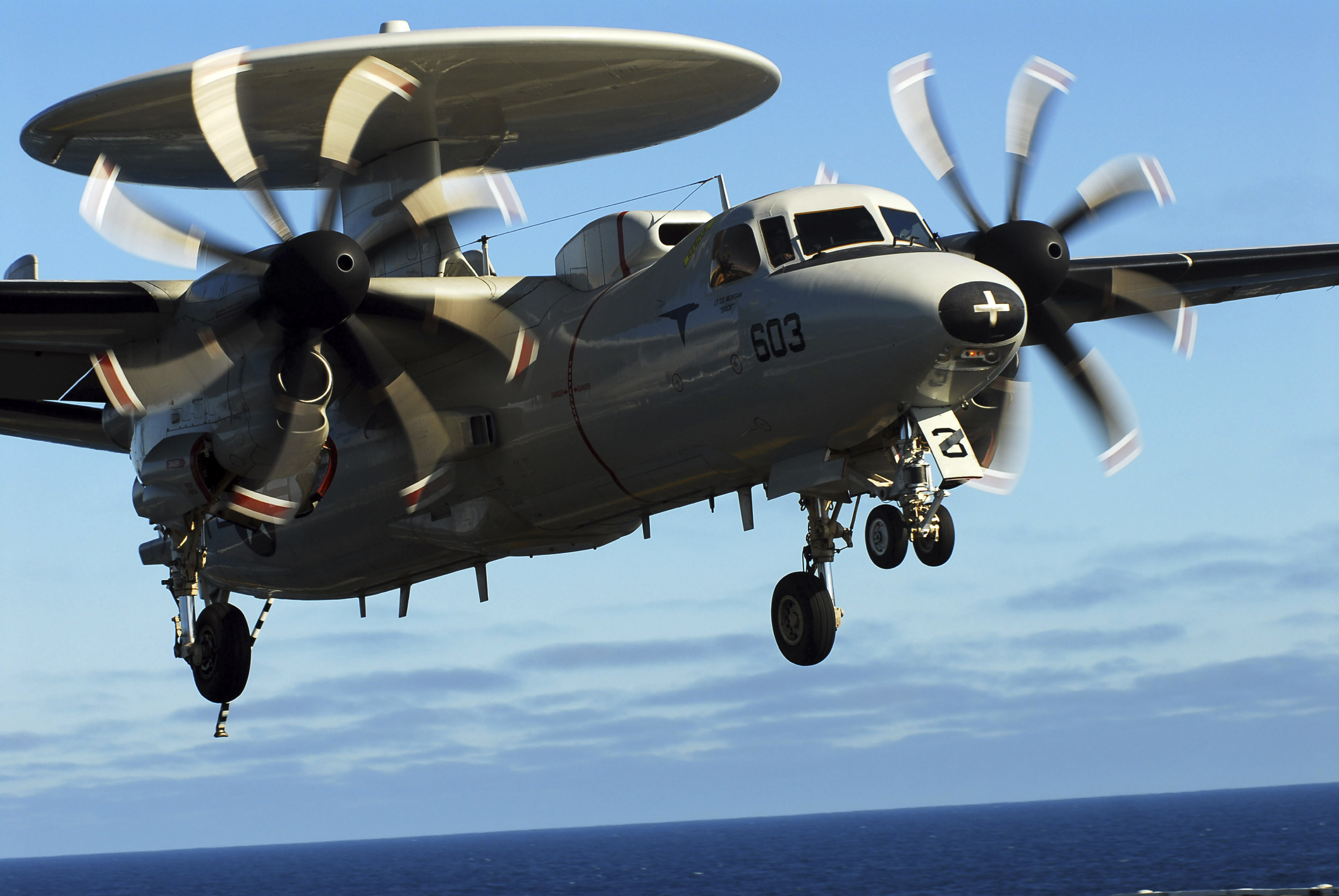Purchasing a small aircraft is an exciting milestone for pilots, flying enthusiasts, and business owners alike. Whether you’re buying your first plane or adding to a fleet, understanding the buying process is crucial to making a smart investment. Small aircraft come in many types—from single-engine pistons to light sport aircraft—and each requires careful consideration.
This guide walks you through the essential steps on how to buy a small aircraft, helping you navigate from initial research to closing the deal.
Define Your Needs and Budget
Before you start looking at planes, clearly outline why you want the aircraft. Consider:
- Purpose: personal recreation, business travel, flight training, or cargo
- Typical flight range and passenger capacity needed
- Desired performance (speed, runway requirements, payload)
- Maintenance and operating costs you can afford
Establishing a realistic budget that includes purchase price, insurance, hangar fees, maintenance, and fuel costs is critical. Remember, owning a plane involves ongoing expenses beyond the initial purchase.
Research Aircraft Types and Models
Based on your needs, research which aircraft models fit your criteria. Popular small aircraft include Cessna 172, Piper PA-28, Cirrus SR22, and Diamond DA40. Compare specs like range, seating, cruise speed, and operating costs.
Review owner forums, pilot reviews, and industry publications to gather honest feedback on reliability, common issues, and resale values.
Find Aircraft for Sale
Explore multiple sources to find available aircraft:
- Aircraft dealer websites and brokers
- Online marketplaces specializing in aviation sales
- Aviation trade shows and fly-ins
- Local flying clubs and pilot networks
Working with a reputable broker can simplify the search, negotiations, and paperwork.
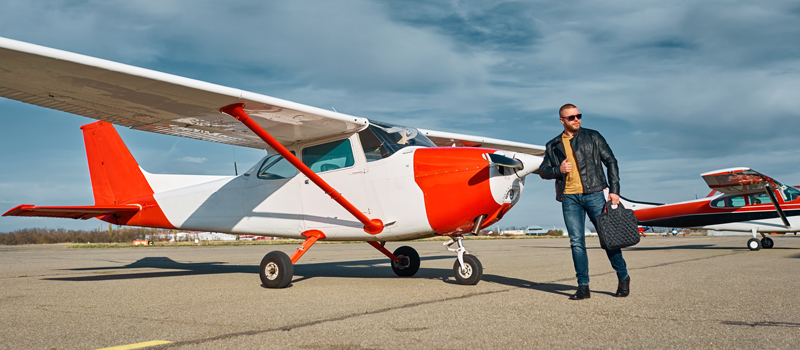
How to Buy a Small Aircraft
Conduct a Pre-Purchase Inspection
Never buy a plane without a thorough inspection by a qualified mechanic or an FAA-certified repair station. The inspection covers:
- Airframe and structural condition
- Engine and propeller health
- Avionics and electrical systems
- Compliance with airworthiness directives and maintenance records
This step helps uncover hidden defects and estimate upcoming maintenance costs.
Review Aircraft Documentation
Ask for all maintenance logs, inspection reports, and the aircraft’s registration history. Confirm the plane’s title is clear of liens or legal encumbrances. Verify the status of mandatory inspections such as the annual or 100-hour inspection.
Arrange Financing and Insurance
Unless paying cash, secure financing through banks or specialized aviation lenders. Financing terms depend on your credit, the aircraft’s value, and intended use.
Insurance is mandatory and can vary widely depending on pilot experience, aircraft type, and coverage limits. Obtain quotes early to factor premiums into your budget.
Negotiate and Close the Deal
Once satisfied with the aircraft condition and paperwork, negotiate a fair purchase price. Consider including contingencies such as:
- Satisfactory test flight performance
- Final pre-purchase inspection approval
- Clear title and documentation
When terms are agreed upon, draft a purchase agreement outlining all conditions and payment schedules. Work with an aviation attorney or broker if needed.
Register the Aircraft
After purchase, register the aircraft with the appropriate aviation authority (e.g., FAA in the United States). This process involves submitting ownership documents, paying fees, and updating the registration certificate.
Plan for Ongoing Ownership Responsibilities
Owning a small aircraft means budgeting for:
- Regular maintenance and inspections
- Fuel and hangar/storage fees
- Pilot training and currency requirements
- Compliance with regulatory updates
Joining local pilot groups or flying clubs can provide valuable support and resources.
Conclusion
Knowing how to buy a small aircraft involves careful planning, research, and due diligence. By defining your needs, inspecting potential planes thoroughly, securing financing, and understanding ownership responsibilities, you set yourself up for a rewarding flying experience. Take your time, ask questions, and don’t rush the process—your safety and investment depend on it.

